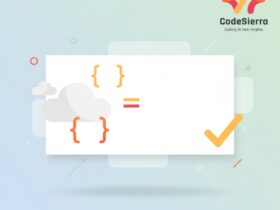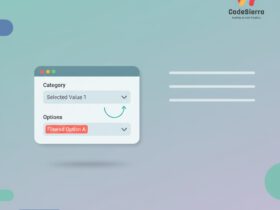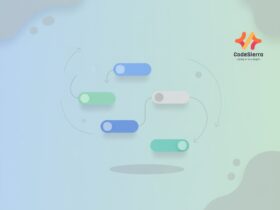Quick Answer
An OmniScript is a declarative, drag-and-drop guided UI builder within Salesforce Industries (OmniStudio) that lets administrators and developers create multi-step, interactive, and data-driven scripts (guided processes) for users without writing extensive custom code. OmniScripts orchestrate the user experience, collect and validate input, call integrations (DataRaptors, Integration Procedures), and render results — ideal for CPQ, service consoles, and complex guided flows.
Key Concepts
Pages & Steps: OmniScripts are organized into steps or pages to create multi-screen experiences.
Elements: Reusable building blocks (text, input, radio, lookup, repeat, conditional blocks, etc.).
Actions: Configure integrations (DataRaptor Extract/Transform/Load, Integration Procedures, Apex actions, HTTP callouts) that run on submit, on load, or conditionally.
Data JSON: OmniScripts use a single JSON data model to hold state and map inputs to integration payloads and responses.
FlexCards: Often used alongside OmniScripts to render data in compact UI cards.
Typical Use-Cases
OmniScripts are commonly used for guided selling (CPQ steps), case intake forms, account onboarding, service diagnosis, quoting assistants, and any scenario where a step-by-step guided UI with backend data integration is needed.
How It Works (High Level)
1. Designer: Build the OmniScript in the OmniStudio Designer using drag-and-drop elements and configure data mappings and actions.
2. Data Model: Inputs populate the OmniScript JSON payload. Use mapping tools to translate between the OmniScript model and API payloads.
3. Integrations: Call DataRaptors for CRUD operations or Integration Procedures for server-side orchestration and transformation. Support for Apex and external HTTP callouts is also available.
4. Runtime: The OmniScript runs in the client (or server where appropriate), evaluates conditions, validates rules, and updates state. On completion it can persist data to Salesforce or call external services.
Short JSON Example
Below is a simplified snippet showing how an OmniScript might store state (very small illustration):
{
"Contact": {
"FirstName": "",
"LastName": "",
"Email": ""
},
"Order": {
"ProductId": "",
"Quantity": 1
}
}
Best Practices
- Keep OmniScripts modular — use sub-scripts for reuse.
- Perform heavy data transformations in Integration Procedures to reduce client-side latency.
- Use DataRaptors for declarative mapping and limit custom Apex when possible.
- Version control and systematic testing — validate mappings and edge cases.
- Plan for accessibility and responsiveness for Experience Cloud or mobile clients.
Performance & Security Considerations
Avoid excessive client-side processing; batch backend calls via Integration Procedures where possible. Secure integrations with Named Credentials, OAuth, and follow least-privilege principles for data access. Be mindful of governor limits when designing actions that perform many CRUD operations.
How OmniScript Differs from Salesforce Flow
Both can implement guided experiences, but OmniScript (OmniStudio) is purpose-built for highly parameterized, industry-specific guided UIs with native integration to DataRaptors and Integration Procedures. Salesforce Flow is native to the platform and better for record-triggered automation, simple screens, and org-centric automation without the OmniStudio ecosystem.
Conclusion
OmniScript is a powerful, declarative tool within OmniStudio for building complex, guided, integration-heavy user experiences. It speeds up delivery of industry-specific flows while minimizing custom code and centralizing integrations via DataRaptors and Integration Procedures.










Leave a Reply